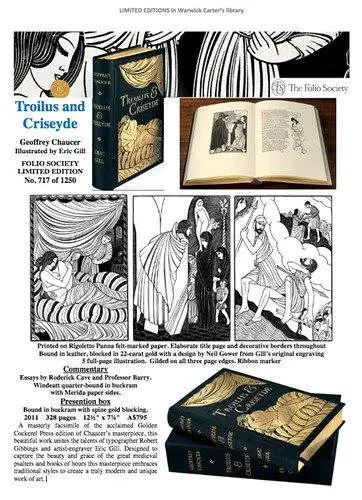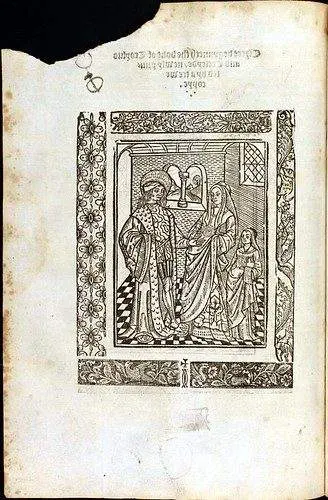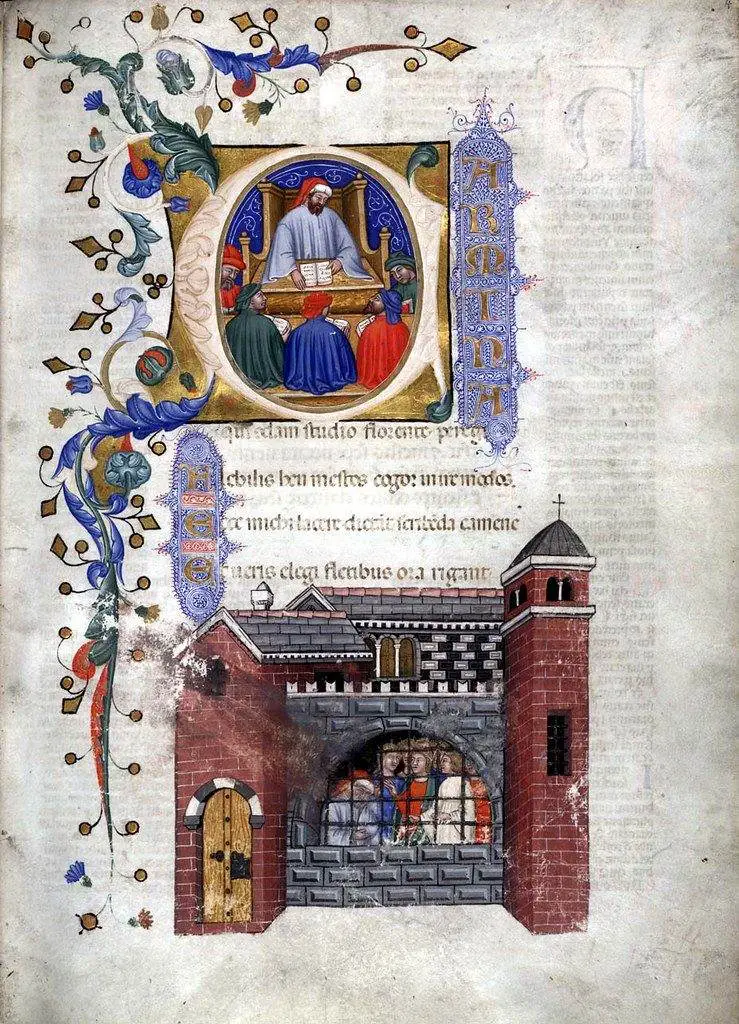Courtly Love in Chaucer: Did you know that courtly love, a medieval concept of romantic love, takes center stage in Chaucer’s timeless classic “Troilus and Criseyde“? This enduring theme weaves through the intricate tale of unrequited love, honor, and betrayal. As we delve into this captivating narrative, we’ll explore how courtly love shapes the characters’ actions and emotions, lovers, knights, relationship. From forbidden desires to chivalric ideals, Chaucer masterfully portrays the complexities of human affection, courtly love relationship, courtly lover, romantic love, knights within the constraints of medieval society. Join us as we unravel the nuances of courtly love in one of literature’s most compelling works by authors.
Table of Contents
Courtly Love in Chaucer
Chaucer’s Interpretation
Geoffrey Chaucer, in his poem “Troilus and Criseyde,” presents a unique portrayal of courtly love. Troilus and Criseyde, unlike traditional courtly lovers, navigate their relationship with more complexity. This reflects Chaucer’s perspective on the intricacies of romantic relationships. The narrative also mirrors the influence of Chaucer’s personal experiences, adding depth to the characters’ emotions.
Medieval Literature Context
“In the context of medieval literature, “Troilus and Criseyde” holds significant importance due to its exploration of courtly love within a broader literary tradition.” Comparisons with other medieval works featuring courtly love reveal how Chaucer skillfully weaves this theme into his narrative while adding his own unique touch.
Knighthood Influence
Chivalry plays a crucial role in defining courtly love within “Troilus and Criseyde.” The representation of knighthood ideals shapes the characters’ actions and decisions regarding their romantic pursuits. This influence adds layers to the traditional understanding of courtly lovers by infusing elements of honor, bravery, and character.

Parody Elements
Chaucer employs parody in “Troilus and Criseyde” to subvert traditional courtly love tropes. By intertwining humorous elements with serious themes, he challenges conventional notions associated with courtly lovers, offering readers a fresh perspective on this literary tradition.
Sources and Evolution
Ancient Origins
Courtly love has its roots in ancient literature and culture, influencing Chaucer’s portrayal of love in “Troilus and Criseyde.” The themes draw from classical tales, connecting the narrative to ancient myths and legends. For instance, the story of Troilus and Criseyde is based on a tragic episode from Greek mythology.
The concept of courtly love evolved through various medieval adaptations. Different versions of the Troilus and Criseyde story can be compared in medieval literature, showcasing the evolution of courtly love themes across these adaptations. This evolution reflects changes in societal norms and values over time.
Medieval Adaptations
Medieval literature presents varying interpretations of courtly love, demonstrating how this concept transformed throughout history. By examining different renditions of Troilus and Criseyde, it becomes evident how courtly love was depicted differently during the medieval period. These adaptations provide insights into the evolving nature of romantic ideals during this era.
Renaissance Influences
Chaucer’s depiction of courtly love in “Troilus and Criseyde” was influenced by Renaissance ideas that emerged during his lifetime. Contrasting medieval perspectives with those from the Renaissance era sheds light on how romantic love was perceived differently across these periods. Chaucer’s work serves as a bridge between courtly lover and knight, reflecting changing attitudes towards romance.
Characterization in Troilus and Criseyde
Troilus’s Journey
Troilus undergoes a profound character development throughout the narrative. Initially, he is portrayed as a naive young man, deeply influenced by the ideals of courtly love. His emotional journey as a knight is marked by various challenges and triumphs that shape his understanding of love and loyalty. For example, when the knight falls in love with Criseyde, he experiences the intense emotions associated with courtly love – longing, devotion, and heartache. As a result of these experiences, Troilus transforms from an idealistic lover to someone who grapples with the harsh realities of romantic relationships.

Criseyde’s Dilemma
Criseyde’s character presents complexities in her choices within the story. She faces societal pressures that heavily influence her decisions regarding love and loyalty. Her internal conflict reflects the tensions between personal desires and societal expectations within the context of courtly love ideals. This dilemma adds depth to her character as she navigates her feelings for Troilus while also considering her duty to family, society, and the love story.
Secondary Characters
The secondary characters play crucial roles in shaping the narrative’s portrayal of courtly love and story. They contribute significantly to exploring romantic relationships through their interactions with both Troilus and Criseyde. For instance, Pandarus acts as a catalyst for their relationship but also influences their understanding of courtly love through his manipulative behavior.
Female Agency in Chaucer’s Works
Criseyde’s Autonomy
In Chaucer’s Troilus and Criseyde story, despite the constraints of courtly love conventions, Criseyde exhibits remarkable agency. She makes decisions that shape the course of her life, challenging traditional gender roles. For instance, when faced with the dilemma of leaving Troy for the Greek camp, she exercises her independence by carefully weighing her options before making a choice.
Chaucer masterfully portrays female autonomy within a patriarchal society through Criseyde’s actions and decisions. Her character serves as an embodiment of strength and resilience amidst societal expectations. This portrayal offers young readers valuable insights into defying stereotypes and standing up for oneself.
Women in Canterbury Tales
Comparing the depiction of women in Troilus and Criseyde to other tales by Chaucer reveals diverse female characters who challenge or uphold traditional gender norms. From the assertive Wife of Bath to more demure figures like Custance from “The Man of Law’s Tale,” Chaucer presents a spectrum of femininity that transcends stereotypes.
Across multiple tales within Canterbury Tales, themes related to gender dynamics and women’s roles are explored, shedding light on the complexities surrounding Chaucer’s time. By delving into these narratives, young readers can gain a deeper understanding of historical perspectives on gender while also recognizing timeless themes relevant to contemporary society.
Marie De France’s Influence
Marie de France’s impact on Chaucer’s interpretation of courtly love is evident through shared themes between their works. The influence is particularly pronounced in how both authors navigate complex emotions within romantic relationships while addressing power dynamics between men and women.
Love Themes Analysis
Romantic Expressions
In Chaucer’s “Troilus and Criseyde,” romantic expressions play a crucial role in depicting courtly love. The use of poetic language, such as metaphors and similes, helps convey the intense emotions experienced by the characters in the story. For instance, when Troilus compares Criseyde to a bright star in the night sky, it creates a vivid image of his admiration for her. These expressions not only showcase the depth of courtly love but also contribute to character development by revealing their innermost feelings.

Love and Nature Nature imagery serves as a powerful symbol for courtly love emotions in “Troilus and Criseyde.” The changing seasons mirror the characters’ emotional states, reflecting their joy or sorrow based on nature’s elements. For example, spring symbolizes new beginnings and blossoming romance, while winter represents desolation and heartache. By comparing nature’s influence with other thematic elements like war or honor, readers gain insight into how courtly love is uniquely intertwined with natural symbolism.
Love’s Complexity
The depiction of love’s complexity in Chaucer’s work adds depth to the exploration of courtly love. Throughout “Troilus and Criseyde,” various dimensions of love are contrasted – from idealized romantic notions to harsh realities. This multifaceted portrayal allows readers to understand that courtly love is not just about admiration; it involves pain, sacrifice, and moral dilemmas too.
Courtly Love and Plot
Love as a Driving Force
In Chaucer’s “Troilus and Criseyde,” love acts as the primary motivator for the characters’ actions. The romantic affection between Troilus and Criseyde drives their decisions, influencing the narrative’s progression. For instance, Troilus’s love for Criseyde compels him to pursue her relentlessly, shaping the plot with his unwavering devotion. Similarly, Criseyde’s conflicted emotions due to her feelings for Troilus impact her choices throughout the story.
Love plays a pivotal role in guiding the characters’ paths, steering them through various trials and tribulations. It leads them to make sacrifices or take risks in pursuit of their beloveds. This dynamic highlights how passion serves as a driving force behind their actions, shaping the trajectory of events within the narrative.
Love’s Transformative Power
Throughout “Troilus and Criseyde,” instances abound where love brings about significant changes in characters. The experiences with courtly love act as catalysts for personal growth or downfall. For instance, Troilus undergoes profound emotional transformations due to his deep affection for Criseyde. His idealized perception of love evolves into a more mature understanding when faced with challenges.
Moreover, Criseyde’s encounters with courtly love lead to transformative effects on her character—altering her perspectives and priorities. These instances underscore how love has the power to shape individuals’ identities and influence their journeys within the narrative.
Tragic Outcomes
The dynamics of courtly love also give rise to tragic elements within “Troilus and Criseyde.” Conflicts stemming from idealized romance clashing with reality lead to heartbreaking consequences for the characters involved. The disparity between romantic ideals and practical realities results in tragedies that unfold amidst themes of unrequited love, betrayal, and loss.
Modern Interpretations
Contemporary Relevance
In modern times, the themes of courtly love in Chaucer’s Troilus and Criseyde find parallels in today’s relationships. The concept of courtly love, with its emphasis on admiration, respect, and devotion, aligns with contemporary romantic ideals. However, societal shifts have also impacted perceptions of courtship. Today’s relationships often reflect a blend of traditional values and more egalitarian dynamics.

Relevance is found in adaptations inspired by Troilus and Criseyde that challenge or reinforce traditional notions of courtly love. These reinterpretations offer diverse perspectives that resonate with contemporary audiences. For instance, some versions may emphasize the idealized nature of courtly love while others might critique its limitations or explore alternative expressions of romance.
Reinventing the Narrative
Analyzing how modern literature reflects or diverges from traditional notions found in Troilus and Criseyde reveals connections between medieval concepts of romance and present-day relationships. Some works echo elements found within Chaucer’s portrayal while others take creative liberties to reimagine courtly love for a modern audience.
Impactful reinventions inspire critical examination of traditional views on romance while offering fresh insights into enduring themes such as unrequited love, sacrifice, and emotional turmoil.
Summary of Courtly Love Themes
Troilus’s Love Arc
Troilus’s emotional trajectory in Chaucer’s “Troilus and Criseyde” is a captivating exploration of courtly love. From his initial infatuation to the devastation of betrayal, Troilus experiences a tumultuous journey that mirrors the complexities of romantic devotion. His evolving understanding of love unfolds through key moments, such as his passionate declarations and heart-wrenching despair. These pivotal experiences define his growth, reflecting broader themes within the narrative. As readers accompany Troilus on this emotional odyssey, they witness the profound impact of courtly love on his character.
Chaucer masterfully crafted a portrayal of courtly love that has left an indelible mark on literature. His depiction continues to influence subsequent generations’ interpretations and adaptations, shaping discussions surrounding romance, poetry, and storytelling. The legacy of Chaucer’s exploration extends beyond mere literary influence; it stands as a testament to the enduring power and allure of courtly love within human culture.
Enduring Themes
The timeless motifs woven throughout “Troilus and Criseyde” ensure its ongoing relevance across diverse interpretations. Elements such as unrequited longing, idealized adoration, and tragic fate resonate with audiences regardless of time or cultural context. These enduring themes contribute to the universal appeal found within recurring elements across various modern interpretations.
Summary
You’ve delved into the captivating world of courtly love in Chaucer’s “Troilus and Criseyde,” uncovering its intricate themes, character nuances, and modern interpretations. The evolution of courtly love traditions and the portrayal of female agency in Chaucer’s work have provided a deeper understanding of the complexities woven into this timeless classic. As you reflect on the interplay between love, honor, and tragedy within the plot, it becomes evident that these themes continue to resonate with contemporary audiences, transcending centuries with their enduring relevance.
Now, armed with a newfound appreciation for courtly love in literature, why not explore how these timeless themes manifest in other works or even in your own experiences? Whether it’s through further literary analysis or personal reflection, there’s a wealth of insight waiting to be discovered. Keep unraveling the layers of courtly love – you never know what profound connections you might unearth.
Frequently Asked Questions
FAQ
What is the Courtly Love Tradition?
The Courtly Love tradition refers to a medieval European concept of love and chivalry. It involved admiration from a distance, expressions of devotion, and adherence to a code of behavior. This tradition often idealized the beloved as an unattainable figure.
How does Chaucer characterize love in “Troilus and Criseyde”?
Chaucer’s characterization of love in “Troilus and Criseyde” reflects the complexities and contradictions inherent in human emotions. He portrays both the idealized aspects of courtly love and its more realistic, flawed manifestations through his characters’ experiences.
What role does female agency play in Chaucer’s works?
In Chaucer’s works, female agency is depicted through diverse portrayals of women who display autonomy, intelligence, and assertiveness. These characters navigate societal expectations while asserting their own desires and making significant contributions to the narrative.
How are courtly love themes reflected in the plot of “Troilus and Criseyde”?
The plot of “Troilus and Criseyde” intertwines with courtly love themes by portraying intricate relationships, emotional conflicts, loyalty dilemmas, and moral ambiguities. These elements contribute to a rich exploration of human experiences within the context of courtly traditions.
Are there modern interpretations that explore courtly love themes in literature?
Yes! Modern interpretations continue to delve into courtly love themes by reimagining traditional narratives or incorporating similar dynamics into contemporary stories. Authors often draw inspiration from historical concepts while infusing them with fresh perspectives relevant to today’s readers.


